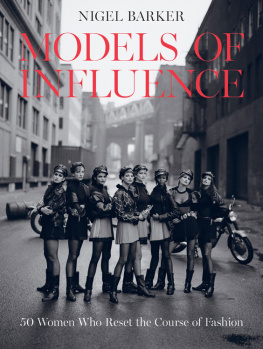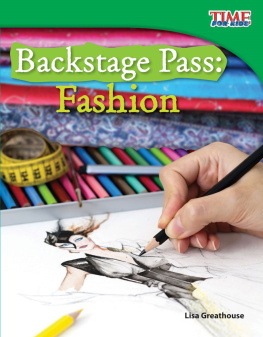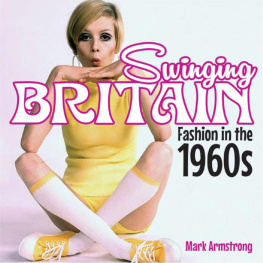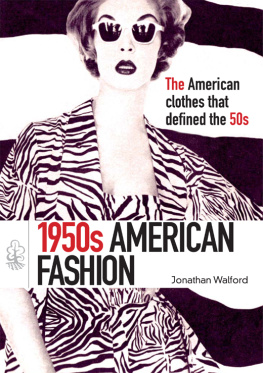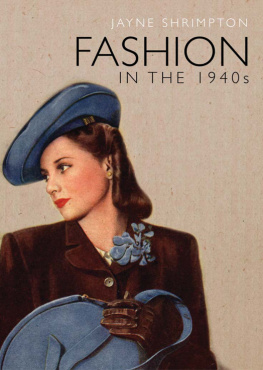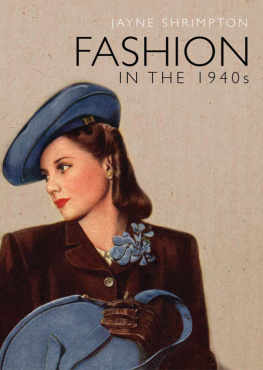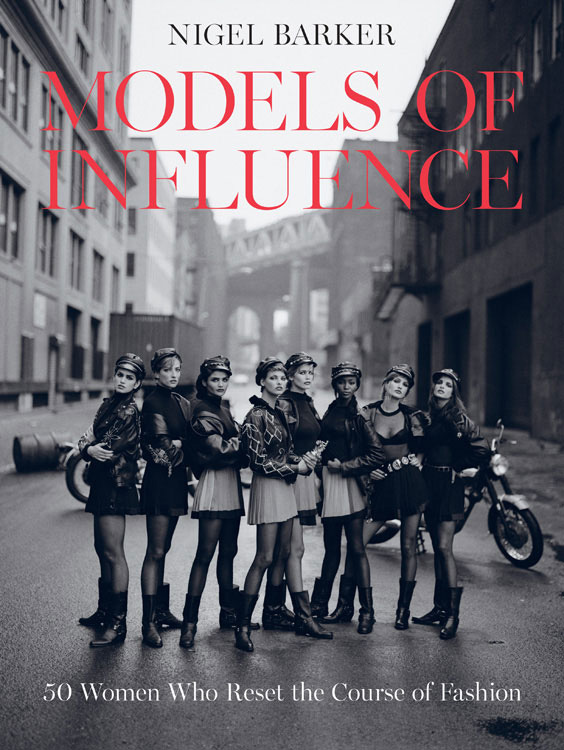With love to the models who influenced my life:
Thank you, Ma, Crissy, and Jazz.
CONTENTS
I grew up with a model in the house, which explains a few things about me. My mother, who is half English and half Sri Lankan, was almost crowned Miss Sri Lanka in 1960 at seventeen. When another contestant complained that my mother was biracial and should not be able to enter the competitionmy grandmother had been cast out from her own family for marrying an Englishmanshe was disqualified. Undeterred, my mother went on to build a successful career modeling in her native country and abroad, and it was very hard won. At eighteen, she used the money she earned from posing for Pakistan International Airlines and Ceylon Woman magazine, from swimsuit modeling, and from acting in films such as The Bridge on the River Kwai to bring her mother and sister over to England with her when she emigrated in 1961.
In London, where she felt her opportunities would be more abundant, my mother modeled for calendars, sang on television, and volunteered for any other kind of entertainment work she could pick up when there was call for an ethnic model. By doing so, she could support my aunt and my grandmother. Even after my mother married her first husband, the nephew of the Marquess of Huntly, and had two children, she continued to work. That marriage ended and she entered into a second one, to an Englishman, and had my sister and me; she still modeled off and on until I was two years old.
The world saw my mother as a beautiful woman, and I certainly did too, but I also saw the hard work and dedication it takes to maintain a career as a model, especially while raising a family. My mother was passionate about what she did and very driven. She was also kind to the people she worked with as well as to those around herand remains so to this day. The same effortless beauty she showed in pictures extended to her life off camera, so I grew up with a strong understanding of the power of grace and charm and a belief that modeling could be a valuable endeavor, as well as a good opportunity for me. I didnt yet understand how her work affected others out there in the world, but her influence over me, and my appreciation of her career, was certainly profound.
In 1989, when I was seventeen, my mother enrolled me in a televised modeling search called The Clothes Show. At the time I was working my way toward a place in premed studies at Guys Hospital in Central London, but my mother saw an opportunity for me. I performed so gingerly in the contest, it was no surprise I failed to win it, but there was a scout in the audience from the Models One agency who thought my exotic look could work in 1980s London. With my mothers full encouragement and support, I decided to take a years sabbatical before starting school, to test my luck and perhaps see a bit of the world.
My luck was pretty good and a year grew into several. By 1991, I moved over to Select Models, where I had some early success. What I experienced in those first few years in the business was life-changing. As a young man growing up with both Sri Lankan and British blood, I suffered an identity crisis that anyone that age from an ethnically mixed background knows only too well. There was only one other kid in my neighborhood who was like me. The community of Sri Lankan immigrants in London was tightly knit and didnt mix much with outsiders, which we were, even if the community was proud of my mothers success. I was always asked by English kids where I was from and why I looked different, and it was only in working as a model that I found a more tolerant and diverse community who didnt think I was weird just because I didnt look like everyone else. In fact, they celebrated it.
The creative people I came into contact with in my work as a modelwhether photographers or stylists, the hair and makeup team or my fellow modelswere from all over the planet, and many of them were outcasts in their hometowns, as I often felt I was. In the small but international community of fashion, we all felt at home, some of us for the first time in our lives. There was no way I was going to give up that sense of belonging to return to school. I transitioned from modeling to photography when the waif look came along in the early 1990s and big, well-built guys like me were no longer in vogue. But as Ive continued my work in the industry, both shooting for my own clients and on television in Americas Next Top Model and The Face, Ive witnessed time and again the sense of homecoming that so many young models feel when they start to work in the industry.
In my job as a photographer, Im inspired not so much by other photographers or art directors as by the models themselves. These young women, when theyre starting out, are most often of a tender age and still have a childlike innocence as they put the world and its desires on their shoulders. When a model is asked to really be herself for the first time in front of the camera, what you see as a photographer comes straight from her heart. In their guilelessness and honesty, models give us an immediate reflection of the here and now. These irreplaceable moments are why, even in spite of the fashion industrys elitist tendencies and its predilection for drama, which is not always fun, I continue to find it a fascinating and rewarding field in which to work.
Our culture often puts fashion down as phony, materialist, and shallowis it a coincidence that people would denigrate a business mostly run by and catering to women? But in the everyday experience of the majority of the people in the world, fashion is anything but insignificant. Its not just a multibillion-dollar business, employing people on an international level. Its also a means of self-expression, for designers and models, certainly, but also for everyone who wakes up and gets dressed in the morning. Fashion designers and fashion media send out millions of messages a year, across countless platforms, from runways to newsstands to billboards to cyberspace, and models act as their primary human communicators. Models are with us, consciously or unconsciously, every time we open our closets.
Of course the fashion industry is not without its own problems. It is a part of a flawed larger world, and sometimes it replicates that worlds intolerance and closed-mindedness. In its endless search for inspiration and novelty, fashion can be predatory and ruthless, chewing up and spitting out those who dont have the stamina and self-possession to withstand an extremely demanding environment. But when fashion and the fashion media sensationalize what most people consider scandalous, they help to highlight larger social issues. With every whitewashed runway presentation, every controversial advertising campaign, and every time a designer is accused of glorifying disordered eating or drug use, fashion becomes an arena for us all to confront the demons that continue to plague us as a society. Because its messages circulate so widely, fashion has a unique power, whether by good intention or insensitive misstep, to get people talking about the things that matter to them. Thats why fashion is never entirely frivolous and certainly never just clothes.
Politics, war, religion, and social movements have profound impacts on our worldbut it is individuals who breathe life into mass events. Like world leaders, activists, and entertainers, models have stood as personifications and symbols of their times, avatars of the zeitgeist in which they work. Sometimes they have been the shapers of it, too. Models of Influence takes a close look at fifty of the most influential and impactful women in the history of the fashion business from the 1940s to the present. It profiles those models whose creativity, talent, and ability to tell a story without words have pushed society and its standards of beauty ever forward. None of these standards changed because someone on high decided it would be nice; at every step of the way, models were at the vanguard, putting themselves on the line, where, more often than not, they were mocked, insulted, exploited, or downright rejected before ultimately prevailingconnecting with their clients and, in many cases, the world at large.

